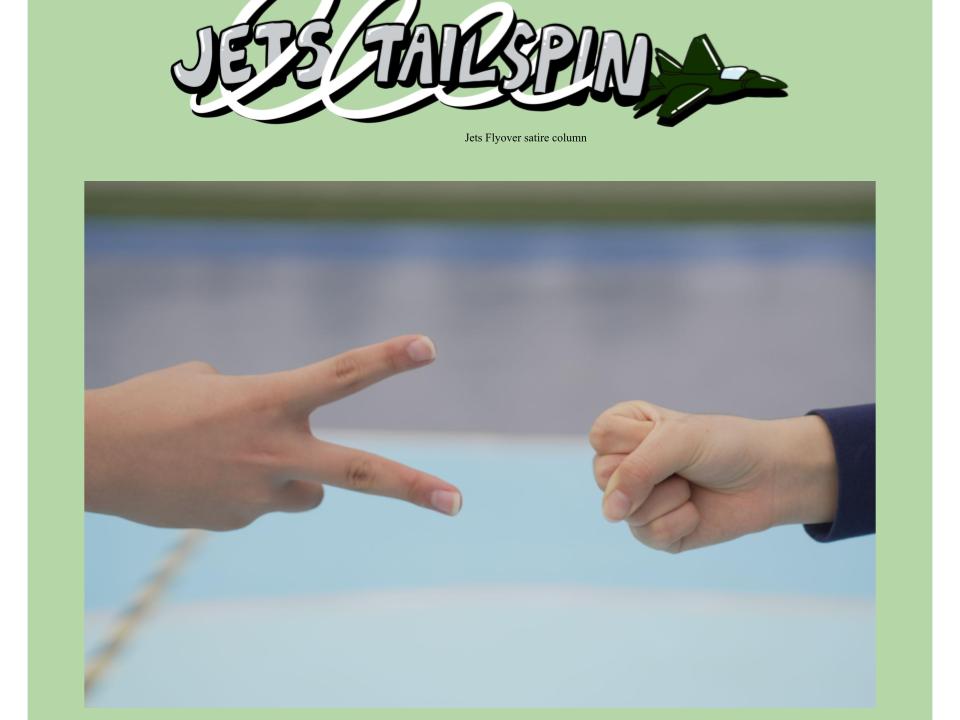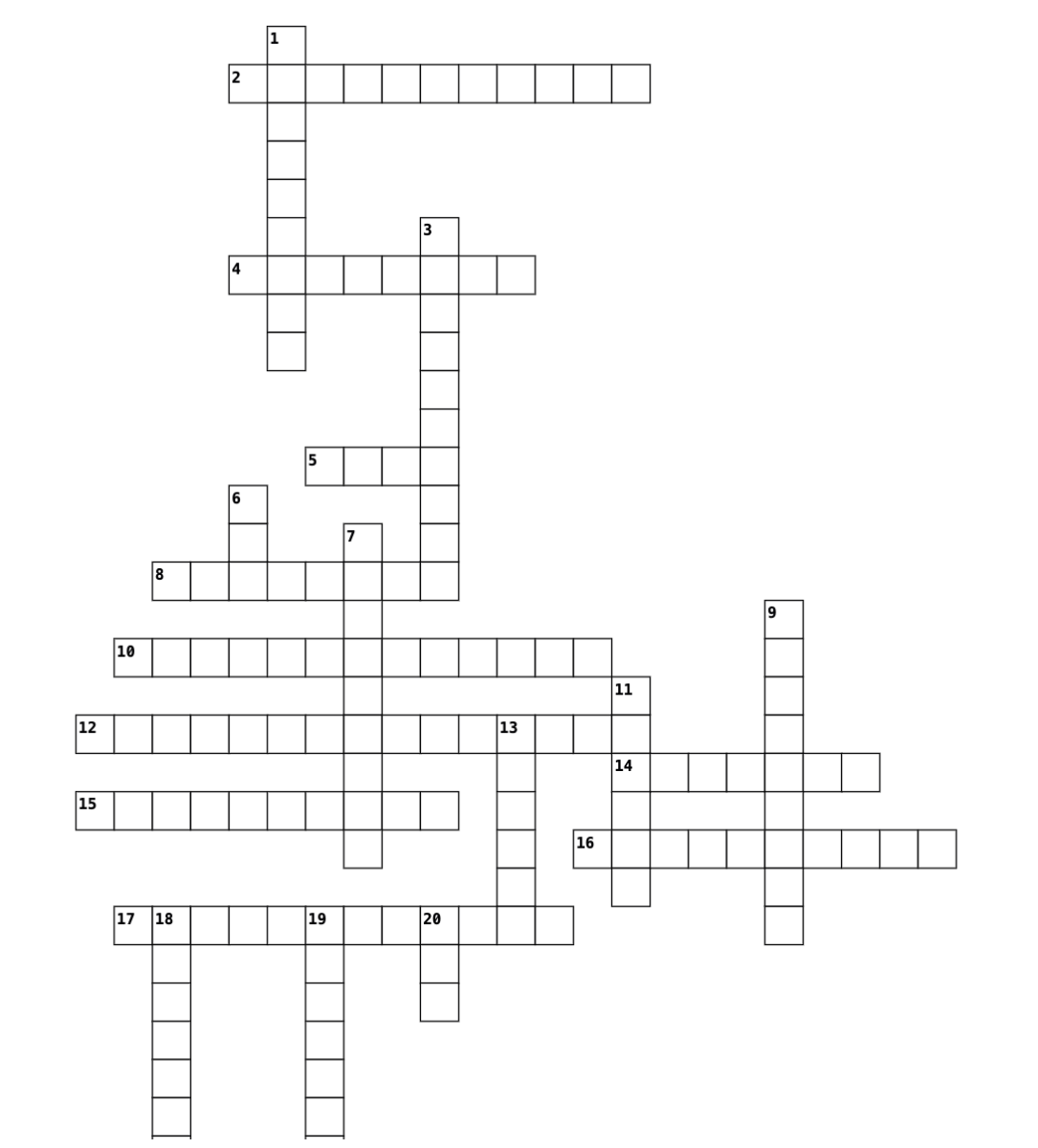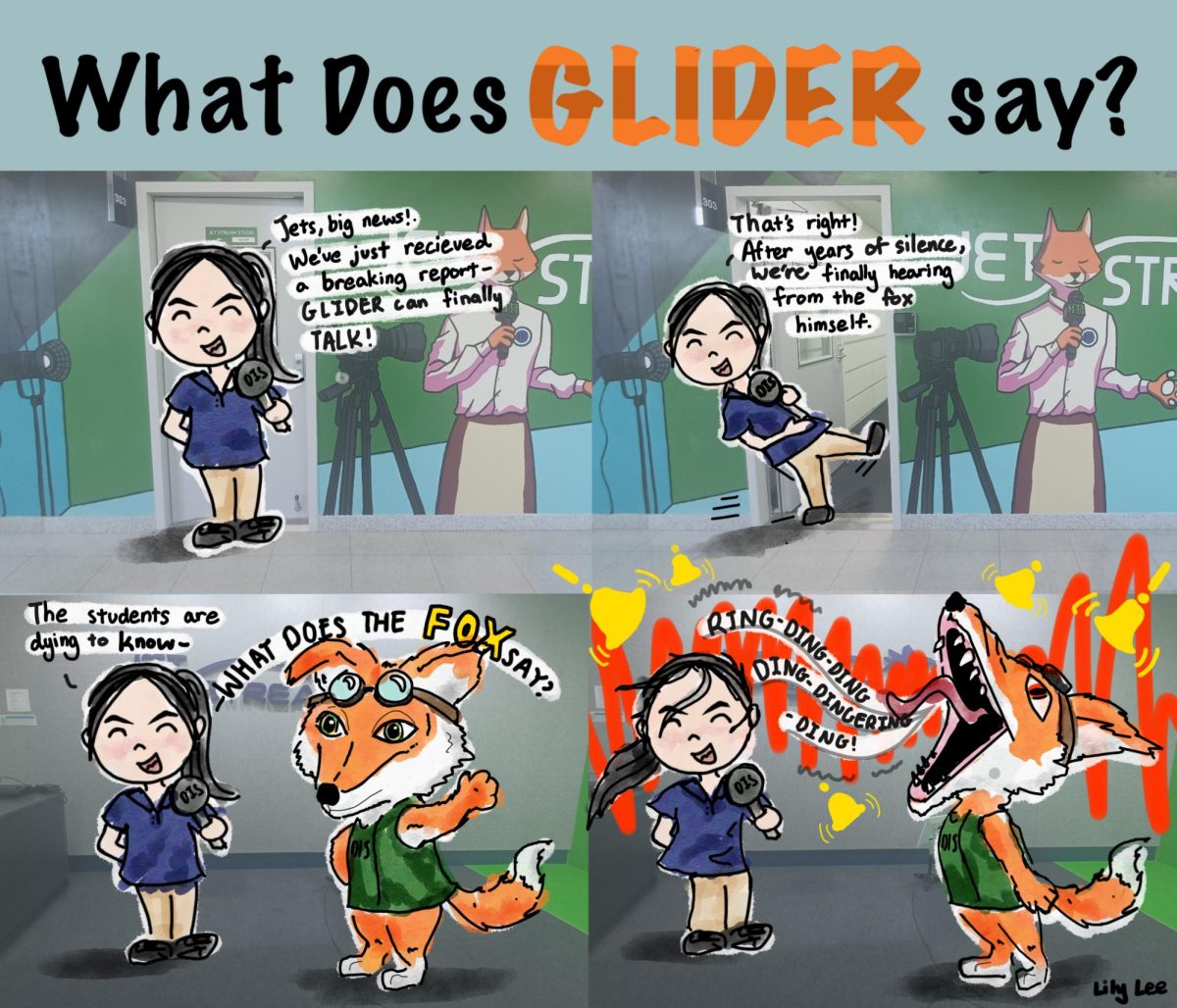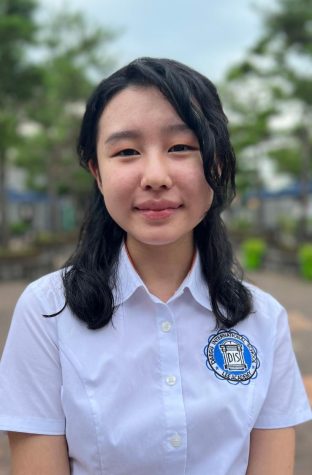To Cut or Not To Cut?
Korean Teens Pressured to Undergo a “Rite of Passage”
“눈만 고치면 예쁠 것 같은데…” (If you just fixed your eyes, you would be prettier…) is a common saying between those that glorify double eyelid surgery in Korea. Graphic by Ava Cho and Jade Lee.
November 29, 2022
Every time a new school year starts, I can’t recognize the kids that walk by and wave at me as they enter the class with puffy eyes and a mask on. Not until later on, I would notice that it was somebody I knew who got double eyelid surgery over the summer.
Double eyelid surgery is a common procedure in South Korea – as if that wasn’t obvious enough.
In Korea, 20% of the female population went through plastic surgery at least once in their lives. The pressure to achieve a certain standard of beauty is suffocating as bus stops and subway stations are plastered with advertisements for cosmetic procedures. In South Korea, the ideal for beauty consists of having a double eyelid. Doe eyes, a high nose bridge, a v-shape face, and the perfect, skinny s-line body are all required to be considered “beautiful.” This ideal roots back to many years ago when Koreans were influenced to look more caucasian and fit into certain western features, such as having large eyes.
Creating a fold that makes a double eyelid, in a way, opens the eyes and makes one’s appearance look more attractive by evening the overall ratio, bringing facial harmony. And while some undergo the change to “balance out their features,” others definitely go under the knife, strictly for beauty standards.
While you may think this trend is only common among adults, many of my friends already had such procedures done when they were minors. Many westerners may consider this procedure a major deal, but in Korea, most millennials and teens consider double eyelid surgery as a low-risk, common practice. The stigma and view towards plastic surgery are just different compared to the west – nothing more, nothing less.
Due to this constant exposure to plastic surgery and its normality, double eyelid surgery doesn’t hold the severity of far more complex surgeries, such as breast augmentation or liposuction. Rather, it is considered as just another low-risk procedure, similar to your lip fillers and small doses of wrinkle-preventative botox. For some, double eyelid surgery is considered more of a rite of passage now due to the public giving in to the idea of pretty privilege. Even at our school, I see middle schoolers, boys, and girls, coming back with totally new features. Everyone looks the same, by the same beauty standard that they follow, and I can’t recognize kids with their new faces.
The relationship between Korea and its beauty standard is complicated to say the least. A country that was left in ruins mere seventy years ago, South Korea prides itself on its fast ever-growing economy. However, rapid changes can also lead to unforeseen consequences. For Korea, this resulted in an inordinately competitive job market and an educational environment.
Oddly enough, the cutthroat society resulted in some Koreans taking advantage of their looks, and ultimately, they take advantage of pretty privilege. Many parents offer their own kids double eyelid surgery in order to utilize lookism to the max; to boost their child’s chances of being perceived as “better” candidates when applying to a college or a job, or even with their love life in the future. Pretty privilege is a real yet disturbing reality that many citizens face on a daily basis – and the pressure to go under the knife may only worsen the beauty standard.
I’ve seen examples of pretty privilege happen many times, particularly here in Korea. An acquaintance of mine got double eyelid surgery after she graduated high school and she immediately experienced changes in how people perceived her, and the overall quality of her social life increased compared to her pre-surgery self. When she went to college, guys would talk to her more than ever; she would even get contacted by kids from her high school who never talked to her before. This unfortunate reality shows just how much appearance plays into Koreans’ daily lives. For this reason, to some, plastic surgery may just be a life upgrade. And, unfortunately, it is.
Throughout the years, the age for going under the knife has substantially decreased. These days, kids as young as eight and nine years old are taken under parental supervision by doctors who willingly perform these procedures. One of my neighbors’ daughter is in second grade, and she got her double eyelid surgery done last month – and the fact that people are okay with little kids going under the knife, which technically doesn’t go against the law, concerns me. Although getting the procedure is up to the person, in cases like these, kids are involuntarily receiving this treatment, which makes the situation even more alarming. It truly makes one think and question the standards that we teach little kids, especially young girls, who can’t think for themselves. The fact that these easily influential children are not seen as “enough” or “pretty”, with their parents or guardians going out of their way to pay for a cosmetic procedure on the child’s behalf, is messed up.
How a simple, delicate fold of the skin has such a superficial yet great influence on beauty astounds me. The insensitivity and normality of the culture here in Korea is a conflicting feat. Years of beauty standards can not be crushed and erased overnight but hopefully, Korea’s society will grow out of its lookist society. But that day will only come once the majority accepts there’s more than one definition of beauty. A fold on the eyelid does not dictate one’s self-worth, and it most certainly should not be judged.



















































jennie • Feb 9, 2023 at 6:31 pm
wow thats cool!! I think the eyesurgery is very common to S.Korea because my cousin did it and many people that I know did it.
Ms. Morissette • Dec 1, 2022 at 11:05 pm
Thank you for writing and sharing this article.
Recently, I went to a conference where we learned about the history of this surgery. I had no idea that Dr. D. Ralph Millard, a US military plastic surgeon, introduced it to Korea. We even learned he literally grabbed a Korean boy walking by his tent to try out the surgery, all without consent from him or his parent!!
Mr. Pierog • Dec 1, 2022 at 6:39 pm
A great article on an important topic.
Kevin • Dec 1, 2022 at 6:38 pm
Also, trying to look like a caucasian is a result of racism and the “white privelege”.
Kevin • Dec 1, 2022 at 6:37 pm
I believe this is an ongoing social issue because people, especially women, tend to only judge themselves on their looks. However, I think people should judge other people more on their mental status and commitment, especially on dating. There are people who are very beautiful, but shallow-minded and not very commited. Instead, even with sacrificing some beauty standards, people should train their mind to feel more self-worth, even without what they deem to be “beautiful”.
Ana Cristina Lopez • Dec 1, 2022 at 5:12 pm
What an interesting article! I was really shocked about the surgery to the 2nd grader child…